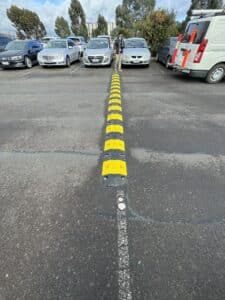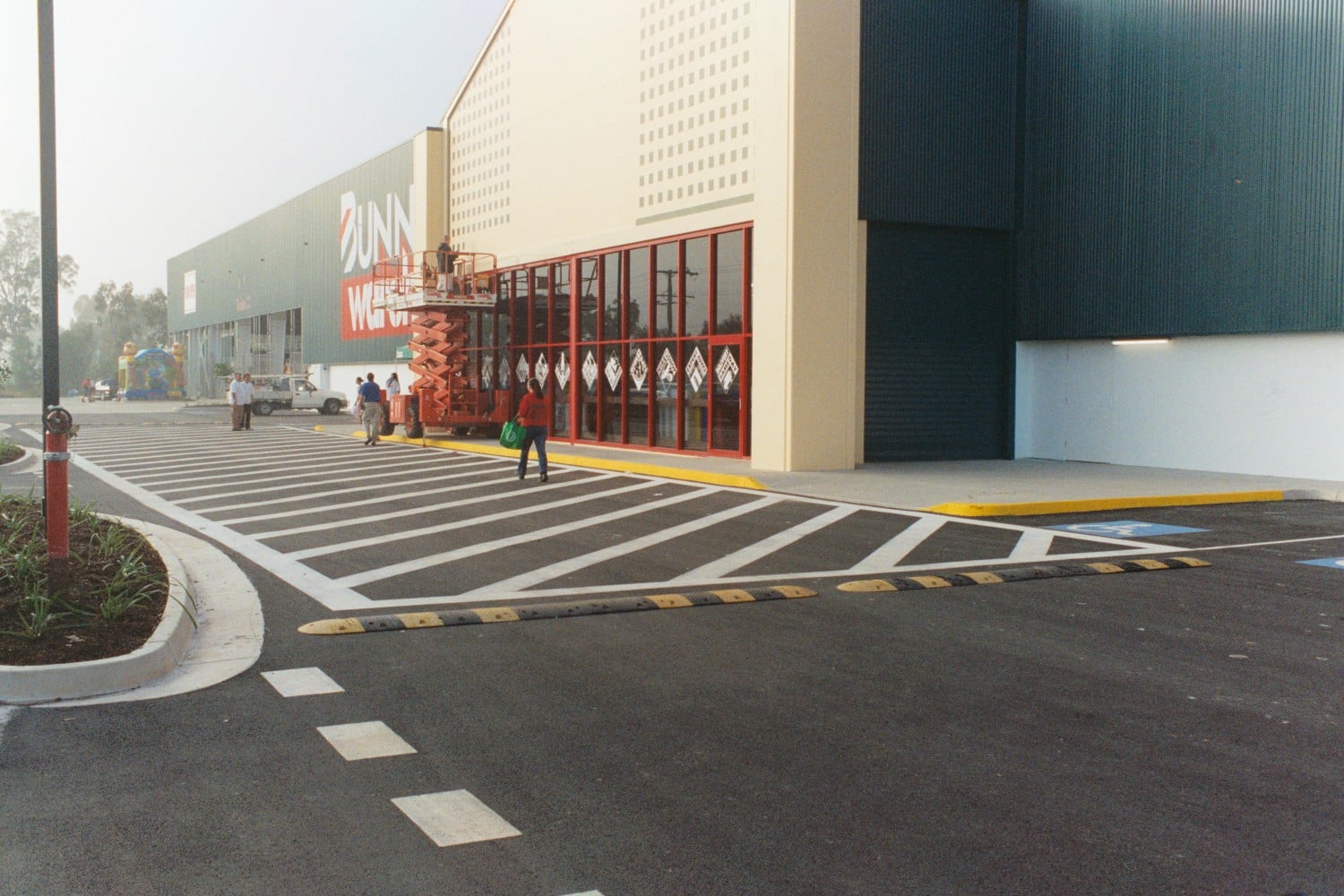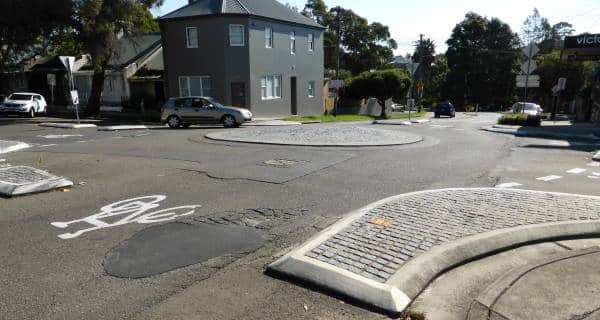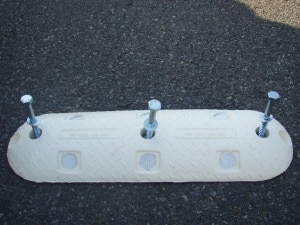

As urbanisation continues to rise in Australia, road safety has become a paramount concern for city planners, traffic engineers, and local councils. With a growing number of vehicles on the roads, particularly in densely populated areas, the challenge lies in managing traffic speeds while ensuring the safety of pedestrians, cyclists, and other vulnerable road users. Among the various traffic calming measures available, speed humps are often one of the most widely implemented solutions. But how do Speed Humps vs. Other Traffic calming options compare with rumble strips, chicanes, and raised pedestrian crossings? Here, we talk about the effectiveness, pros, and cons of these measures to determine what works best in the Australian context.
Speed humps are perhaps the most recognised and frequently used traffic calming measure in Australia. These are designed to slow down vehicles by creating a physical barrier that requires drivers to reduce speed to navigate comfortably. The effectiveness of speed humps in reducing vehicle speeds is well-documented, with studies showing that they can reduce speeds by up to 40% when installed correctly. This significant reduction in speed directly correlates with a decrease in accident rates, particularly in residential areas, school zones, and places with high pedestrian traffic.
One of the primary advantages of speed humps is their simplicity and cost-effectiveness. They are relatively inexpensive to install and maintain, making them an attractive option for local councils with limited budgets. Additionally, speed humps are versatile and can be installed in various environments, from suburban streets to busy urban centres.
However, speed humps are not without their drawbacks. For drivers, they can be uncomfortable, especially if driven over at higher speeds, leading to complaints from residents about the impact on vehicle suspension and the potential for increased noise pollution. Moreover, speed humps can slow down emergency response vehicles, which is a significant concern in some communities. In rural areas, where emergency services may already be stretched thin, the delay caused by speed humps can have serious consequences.
Another consideration is the potential for driver behaviour to be altered in unintended ways. Some drivers may choose to speed up between humps, leading to a “sawtooth” speed pattern that can be just as dangerous as consistently high speeds. Additionally, drivers may seek alternative routes to avoid roads with speed humps, potentially shifting traffic and related safety concerns to neighbouring streets.
Rumble strips are another common traffic calming measure used in Australia. Unlike speed humps, rumble strips do not physically impede vehicles but rather alert drivers to slow down by creating a vibrating sensation and an audible noise when driven over. This makes them particularly effective in areas where high speeds are common, such as rural roads and highways.
The primary function of rumble strips is to alert drivers to changes in road conditions or upcoming hazards, such as sharp curves, intersections, or pedestrian crossings. By providing a sensory warning, rumble strips encourage drivers to reduce their speed, thereby enhancing safety. In some cases, rumble strips are used in combination with other measures, such as signage, to reinforce the need for caution.
One of the advantages of rumble strips is their minimal impact on traffic flow. Unlike speed humps, which physically slow vehicles down, rumble strips allow for smoother traffic movement while still encouraging drivers to be more attentive. This makes them an ideal solution for areas where maintaining traffic flow is important, such as on major roads or in rural areas where long stretches of road may tempt drivers to speed.
However, rumble strips are not as effective at significantly reducing speeds in urban environments. Their primary function is to alert rather than enforce speed reduction, meaning they may not achieve the desired level of speed control in areas where pedestrian safety is a primary concern. Additionally, the noise generated by rumble strips can be a source of irritation for nearby residents, particularly in quieter areas.

Photo credit: driverknowledgetests
Chicanes and road narrowing are design-based traffic calming measures that work by altering the road layout to force drivers to slow down. Chicanes are a series of alternating curves or obstacles that create a winding path, requiring drivers to reduce speed to navigate safely. Road narrowing, on the other hand, involves reducing the width of the road, making it less comfortable for drivers to speed.
In Australia, these measures are often used in urban environments where aesthetic considerations are important. Chicanes and road narrowing can be designed to blend with the surrounding environment, adding greenery and improving the overall streetscape. This not only enhances the visual appeal of the area but also creates a sense of a more pedestrian-friendly environment, which can encourage drivers to be more cautious.
The effectiveness of chicanes and road narrowing lies in their ability to create uncertainty for drivers. By changing the road layout, these measures disrupt the driver’s sense of predictability, encouraging them to slow down and pay more attention to their surroundings. This can be particularly effective in areas with high pedestrian traffic, such as near schools, parks, or shopping centres.
However, chicanes and road narrowing are typically more expensive to implement than speed humps or rumble strips. They require careful design and construction to ensure they do not create new safety issues, such as reduced visibility or bottlenecks that could lead to congestion. Additionally, these measures may not be suitable for all types of roads, particularly those that need to accommodate large vehicles or high volumes of traffic.

Raised pedestrian crossings combine the benefits of speed humps with enhanced pedestrian safety. By elevating the crossing, these measures force drivers to slow down, while also making pedestrians more visible. This dual-purpose measure is highly effective in areas with heavy foot traffic, such as near schools, shopping centres, and public transport hubs.
In Australia, raised pedestrian crossings are becoming increasingly popular due to their ability to improve safety for vulnerable road users. By elevating the crossing, pedestrians are made more visible to approaching drivers, reducing the likelihood of accidents. Additionally, the raised platform creates a physical reminder for drivers to reduce their speed, similar to the effect of a speed hump.
One of the key advantages of raised pedestrian crossings is their ability to integrate pedestrian safety into the overall road design. Unlike speed humps, which are primarily designed to slow vehicles, raised crossings directly address the need to protect pedestrians, making them a more comprehensive traffic calming measure.
However, like speed humps, raised pedestrian crossings can be uncomfortable for drivers and may cause noise issues in residential areas. They also require careful design to ensure they are accessible for all road users, including those with disabilities or those using mobility aids. Additionally, the cost of installing raised crossings can be higher than other measures, particularly if they are part of a broader streetscape improvement project.
In Australia, the choice of traffic calming measures depends on a variety of factors, including the specific context of the area, the needs of the community, and the available budget. Speed humps remain a highly effective solution for reducing vehicle speeds in residential areas and near schools, where the safety of pedestrians is a primary concern. However, they are not without their drawbacks, particularly in terms of driver comfort and potential impacts on emergency vehicles.
Rumble strips offer a less intrusive alternative, providing auditory and sensory warnings that encourage drivers to slow down without significantly disrupting traffic flow. Chicanes and road narrowing offer a more visually appealing solution that can enhance the streetscape while effectively reducing speeds. Raised pedestrian crossings provide a dual-purpose solution that enhances pedestrian safety while also slowing down vehicles.
Ultimately, the most effective approach to traffic calming in Australia is likely to involve a combination of measures tailored to the specific needs of the community. By carefully considering the local environment, traffic patterns, and safety concerns, engineers and planners can design strategies that balance safety with functionality, creating safer roads for everyone.

At Speed Humps Australia, we’ve spent over 15 years perfecting one thing: delivering durable, high-quality products that last. Our rumble bars, speed humps, and wheel stops are made from top-notch, recycled rubber, ensuring long-lasting performance, easy installation, and a smaller environmental footprint.
Trusted by big names like KFC, McDonald’s, Taco Bell, Westfield, Shell, and numerous Local Governments, our products are designed and produced in-house and delivered across Australia. We’re ready to create a tailored solution for your next project.
Contact us today for a quote or to discuss your specific needs!



For 10 years, our focus has been on one thing: to provide one style of product and to do it well.
Our wheel stops, speed humps and rumble bars meet Australian Standards, don’t fade, and we’ve never needed to replace one.

For 10 years, our focus has been on one thing: to provide one style of product and to do it well.
Our wheel stops, speed humps and rumble bars meet Australian Standards, don’t fade, and we’ve never needed to replace one.